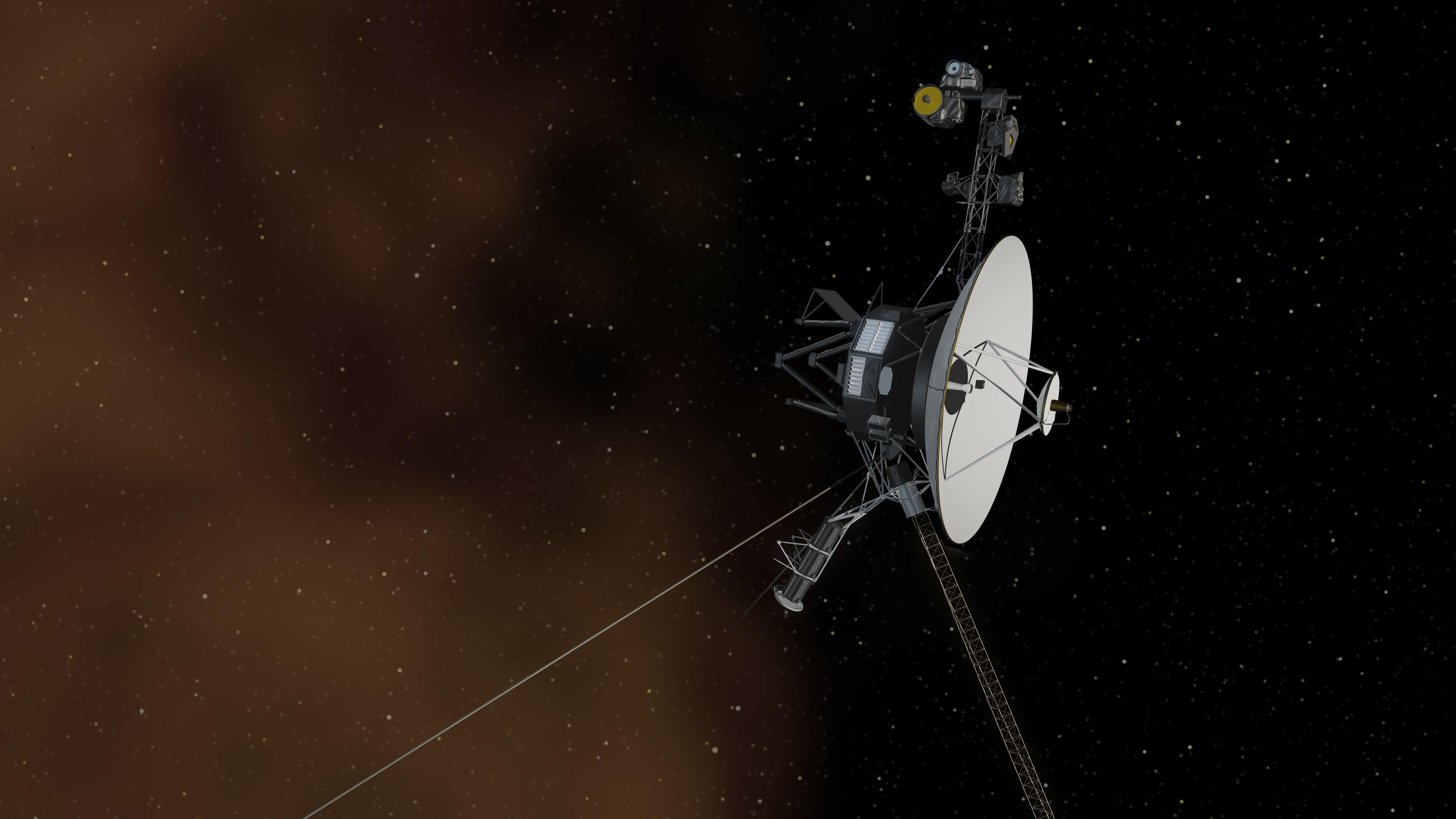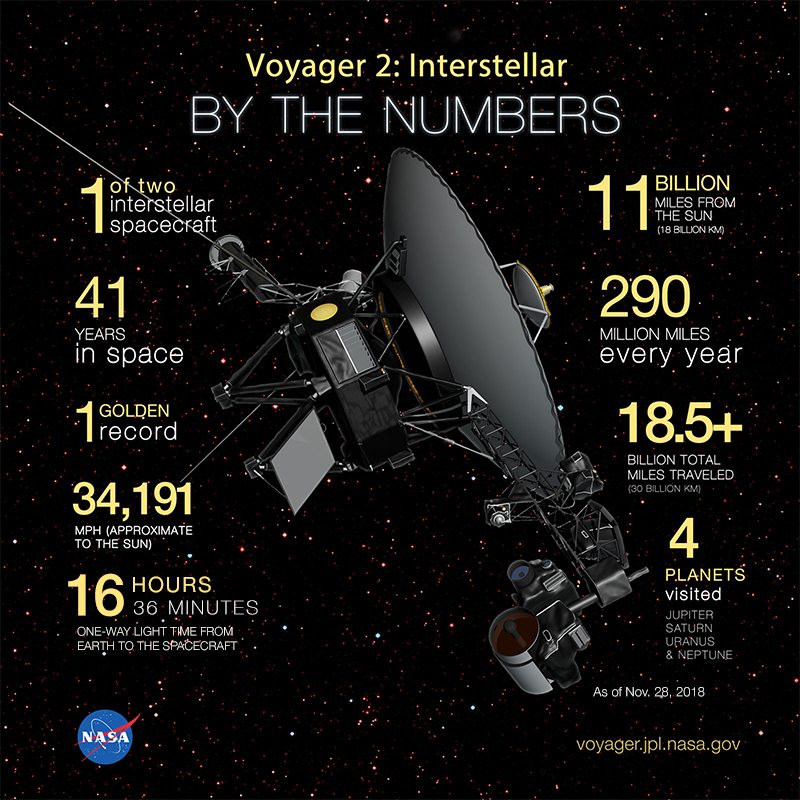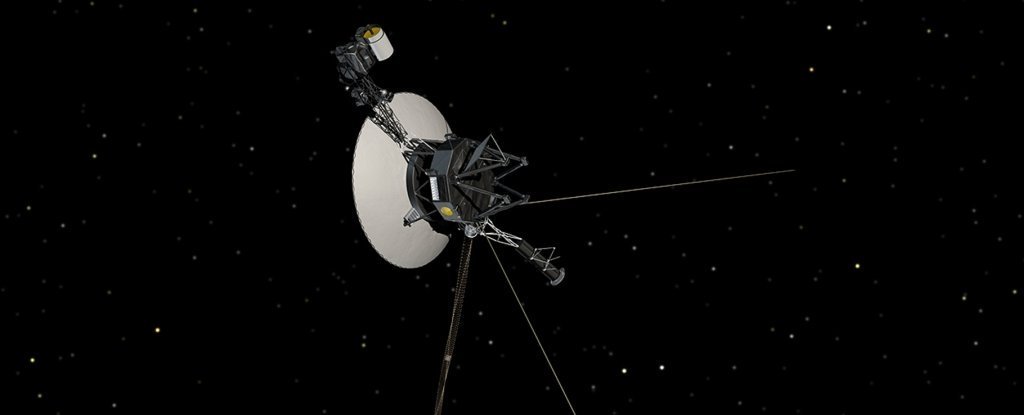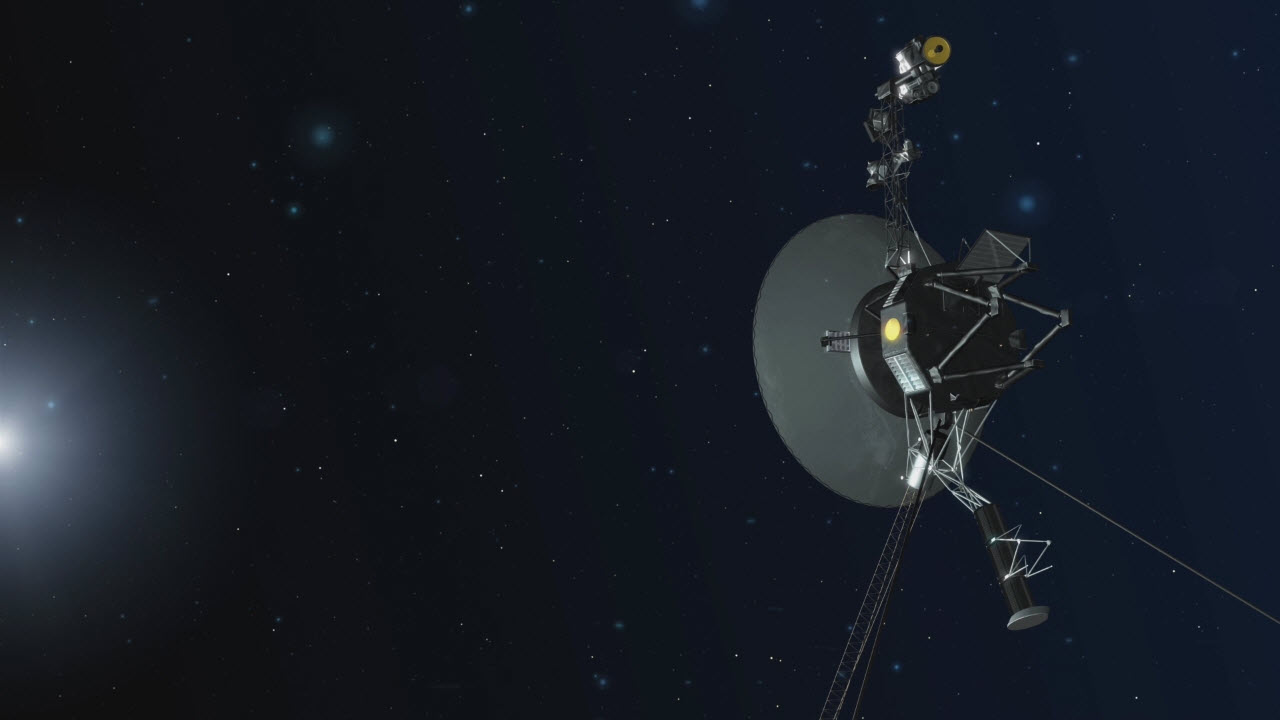Voyager 2

Voyager 2 is a space probe launched by nasa on august 20 1977 to study the outer planets part of the voyager program it was launched 16 days before its twin voyager 1 on a trajectory that took longer to reach jupiter and saturn but enabled further encounters with uranus and neptune.
Voyager 2. Mission operators still can communicate with voyager 2 as it enters this new phase of its journey but information moving at the speed of light takes about 16 5 hours to travel from the spacecraft to earth. Both voyager 1 and voyager 2 have reached interstellar space and each continue their unique journey through the universe. Voyager 2 was the first human made object to fly past the planet uranus. Distance and velocities are updated in real time.
4 1985 when signals took approximately 2 5 hours to reach earth. Voyager 2 now is slightly more than 11 billion miles 18 billion kilometers from earth. In the nasa eyes on the solar system app you can see the real spacecraft trajectories of the voyagers which are updated every five minutes. It is the only spacecraft to have visited either of these two ice giant planets.
Voyager 2 is sister craft to voyager 1. Both have been traveling through the solar system and now beyond it for the last four decades. On august 17 1981 the voyager 2 spacecraft flew within 5 5 million miles of saturn s rings capturing a spectacular false color view in visible light and ultraviolet. Long range observations of the planet began nov.
Revisiting decades old voyager 2 data scientists find one more secret the ice giant uranus appears to be losing a bit of its atmosphere to space perhaps siphoned away by the planet s magnetic field. Light conditions were 400 times less than terrestrial conditions. Together they have transformed our understanding of our. Voyager 2 is only the second spacecraft to travel this far out into the solar system.
According to the latest data analysis by scientists at the university of iowa the probe.


















